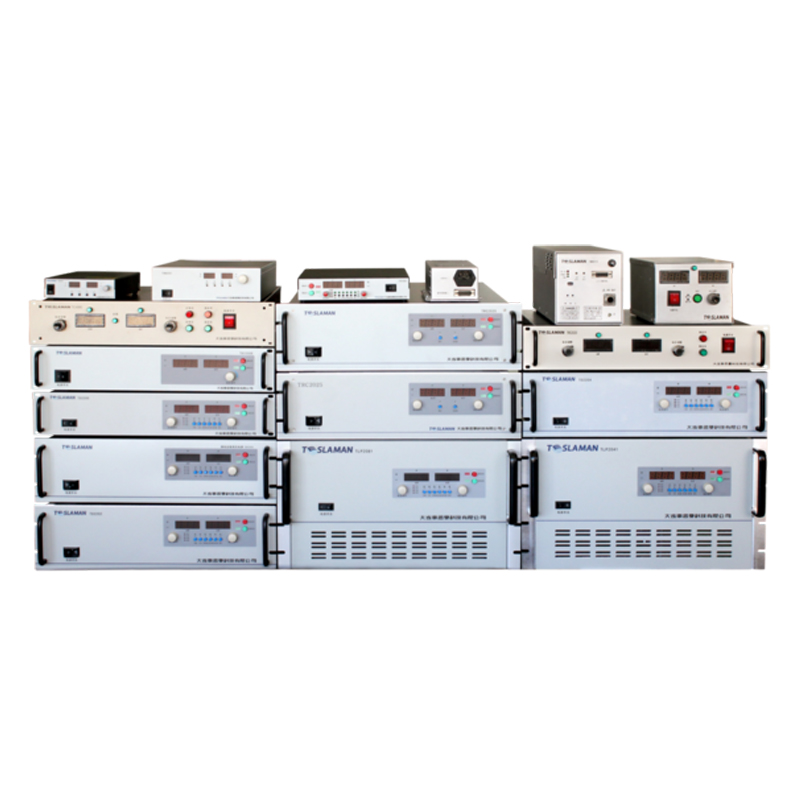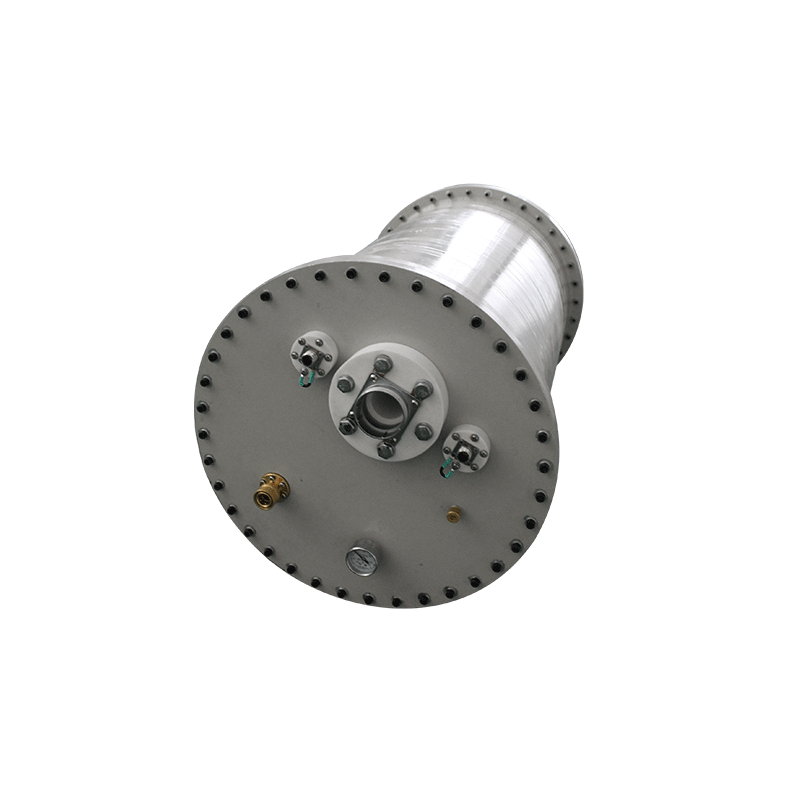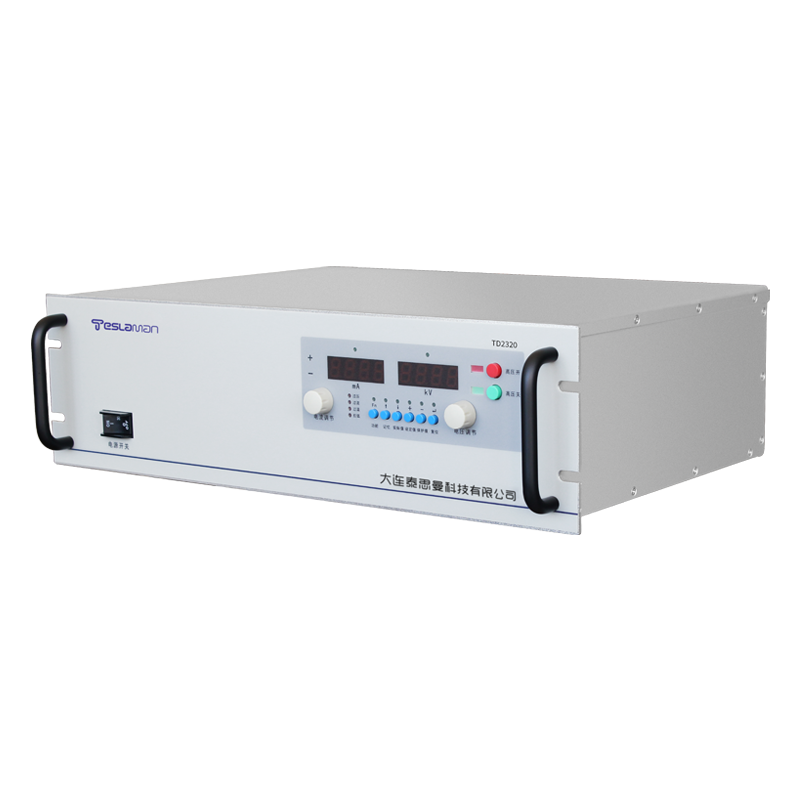Pulse Response Characteristics of High Voltage Power Supplies for Channel Electron Multipliers
In modern precision detection and signal amplification systems, the Channel Electron Multiplier (CEM) plays a vital role. The pulse response characteristics of the high voltage power supply supporting it are directly related to the performance of the entire system. In depth exploration of these characteristics is of great significance for optimizing the detection system and improving measurement accuracy.
The channel electron multiplier works based on the principle of secondary electron emission. When incident particles hit the inner wall of the multiplier channel, secondary electrons are excited. These secondary electrons are accelerated by the high voltage electric field and continuously hit the channel wall, generating more secondary electrons, thus achieving cascade amplification of the signal. During this process, the high voltage power supply provides a stable and high intensity electric field for the acceleration and multiplication of electrons.
The pulse response characteristics of the high voltage power supply are mainly reflected in its ability to follow the input pulse signal and the change of the output signal. When a fast rising edge pulse voltage is input, the high voltage power supply needs to respond within an extremely short time and adjust the output voltage to meet the demand. Ideally, the power supply should be able to quickly increase the output voltage to the set value, and the rise time should be as short as possible. However, in practical applications, due to the presence of parasitic inductance, capacitance and other components in the internal circuit of the power supply, there is a delay in the rise of the output voltage. For example, inductance will impede the rapid change of current, making it impossible for the output voltage to reach the expected value instantly; capacitance needs a certain time to charge, further delaying the rise speed of the voltage.
The response time is one of the key indicators for measuring the pulse response characteristics. A shorter response time means that the power supply can quickly follow the change of the input pulse and provide the appropriate high voltage for the channel electron multiplier in a timely manner. This is crucial for applications such as measuring the flight time of high speed particles where fast changing signals need to be detected. If the response time is too long, signal loss or increased measurement errors may occur.
In addition to the response time, the stability of the output signal is also an important aspect of the pulse response characteristics. During the pulse duration, the high voltage power supply should maintain the stability of the output voltage and avoid voltage fluctuations. Because the instability of the voltage will directly affect the generation and acceleration process of secondary electrons, causing fluctuations in the amplitude of the multiplier output signal, and thus affecting the accuracy of the detection results. For example, in weak light signal detection, voltage fluctuations may submerge the originally detectable signal in the noise.
Furthermore, when the pulse ends, the output voltage of the high voltage power supply should also be able to quickly return to the initial state to prepare for receiving the next pulse signal. If the recovery time is too long, it will limit the pulse repetition frequency of the system and reduce the detection efficiency.
In conclusion, the pulse response characteristics of the high voltage power supply for the channel electron multiplier cover several key elements such as response time, output stability, and recovery time. Understanding and optimizing these characteristics have a non negligible promoting effect on improving the application performance of the channel electron multiplier in various precision detection fields, and help researchers and engineers develop more efficient and accurate detection equipment and systems.




















